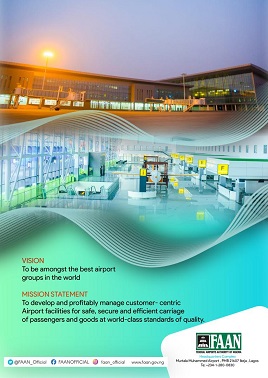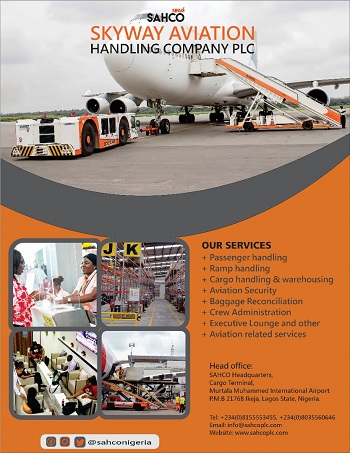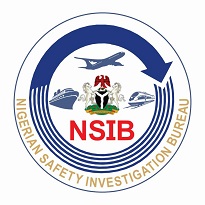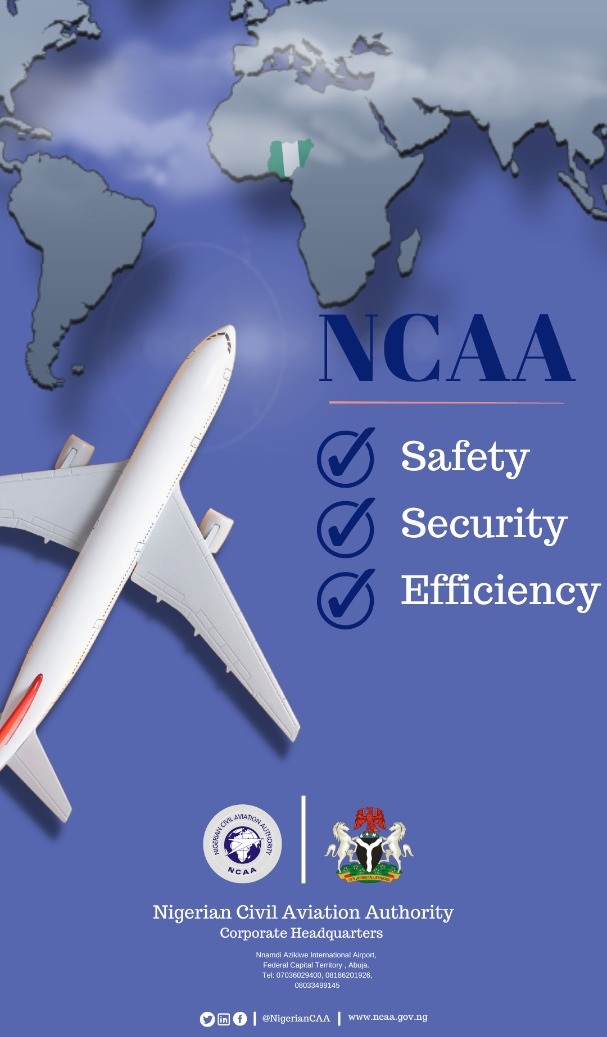 In its bid to put one of the major underutilised resources in Africa into optimal use, African Development Bank (AfDB) has launched a pilot programme to cultivate savannah areas in eight African countries. The goal of the programme is to double production in those countries. This was disclosed by the President of AfDB, Dr. Akinwumi Adesina on Wednesday, while speaking at a session titled, “Transformation of the African Savannah Initiative” at the 2017 World Food Prize-Borlaug Dialogue held in Des Moines, United States of America. Adesina said that the African savannahs which the World Bank called the Guinea savanna zone covers a mind-boggling 600 million hectares out of which 400 million hectares are cultivable, has huge potential and remains “one of the major underutilised resources in Africa. He lamented that “only 10 percent or mere 40 million of the zone is cultivated.” “The savannahs of Africa cover a mind-boggling 600 million hectares, of which 400 million hectares are cultivable. But just 10per cent of this is cultivated, a mere 40 million hectares,” Adesina said. He noted that Africa’s savannahs were better than the savannahs of Brazil, which the South American country has turned into agricultural wealth, saying Africa’s soils were not acidic and therefore did not need liming which had to be done at massive scales in Brazil. According to the AfDB President, “The initiative will start by bringing approximately two million hectares of savannah in eight African countries: Ghana, Guinea, Democratic Republic of Congo, Central African Republic, Uganda, Kenya, Zambia, and Mozambique under the cultivation of maize, soybean, and livestock production in optimum conditions.” |
| “The initiative will start by bringing approximately two million hectares of savannah in eight African countries — Ghana, Guinea, Democratic Republic of Congo, Central African Republic, Uganda, Kenya, Zambia, and Mozambique under the cultivation of maize, soybean, and livestock production in optimum conditions.” The goal: to double production in those eight countries.
“Africa must learn from the experiences that have worked elsewhere, while tailoring the interventions to the specific realities of Africa. We must ensure that small, medium-scale and large-scale commercial farmers co-exist in a way that allows opportunities for all,” Adesina said. The 2017 World Food Prize Laureate explained that partnerships in research and development would be crucial, saying that was why the AfDB had engaged to work with the strongest possible organisations with proven track records in tropical agriculture from South America. Some of them, he said, included the Brazilian Research Corporation (EMBRAPA), the Agricultural Corporation of Brazil (CAMPO), as well as others with long experience in conservation agriculture, including the Argentine Association of Zero-tillage (AAPRESID), and the Argentine Agricultural Research Institute. “They will work very closely with universities and the national agricultural research systems across the savannahs of Africa,” he noted.
|








